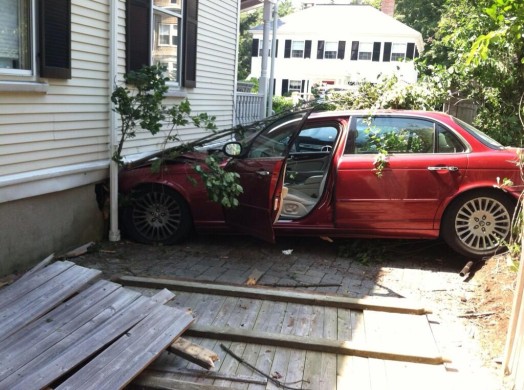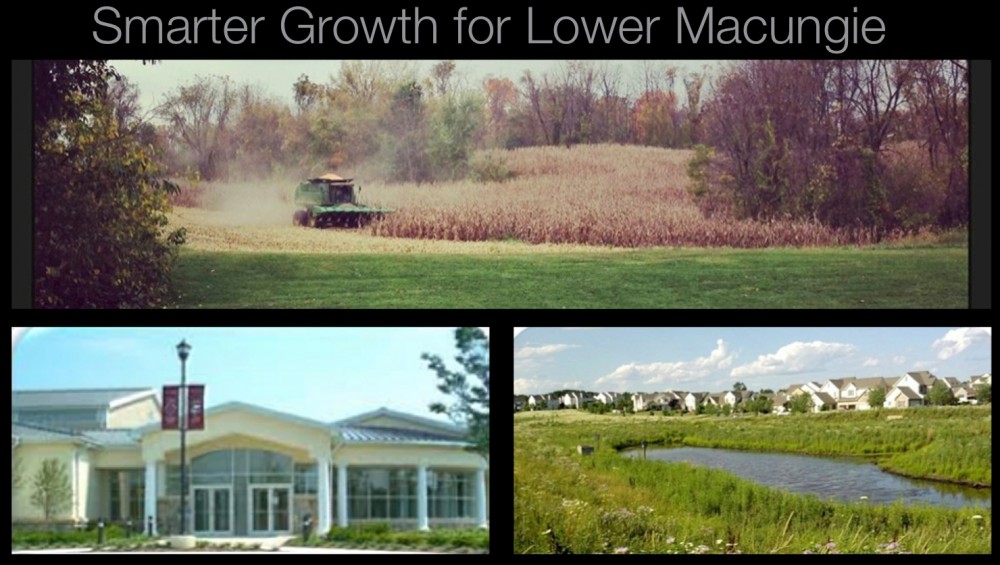Followup to my “Penndot in a nutshell” post.

Because context is completely ignored in the “East Texas” example the danger posed by those in the upper 15% is amplified
To try to make sure my criticism is justified I felt it’s important to understand the “85th percentile rule” or rather the way it’s applied. So I spent the AM trying to wrap my head around it. The better I understand it the crazier I think it’s application is.
What is the 85th % rule:
The concept is rather simple: the speed limit of a road is set by determining the speed of 85% of cars that go down it. In other words, the speed limit is solely set by the speed of drivers.
Problems with this:
- Drivers drive at speeds according to risk to themselves. Not other motorists or pedestrians.
- When you have a system based on characteristics of drivers influenced by the environment, the solution is always to “change the environment” through “improvements” which are usually astonishingly expensive.
- The 15% who exceed the 85% are the ones who… ya know. Kill people.
- My biggest problem is the complete and total lack of taking into account neighborhood context. Meaning how does the road interact with the built environment? Is it a rural 35 road next to a cornfield or is it an urban 35 mph road next to a dense town center. Lower Macungie is no longer rural. It is urban. That ship sailed 20 years ago.
Transit blogger “Cap’n Transit” has the solution. Take the 85th percentile principle and flip it’s application. Because context is completely ignored in the “East Texas” example the danger posed by those in the upper 15% is amplified. So flip the application of the theory. Cap’n transit suggests:
1. Decide on a speed limit based on the pedestrian, cyclist and built environment you want to see along this road. (In other words do not look at the road in a vacuum! CONTEXT matters)
2. Design the road so that 85% of drivers will feel comfortable traveling under that speed.
Voila. As “Cap’n Transit” points out “by reversing those two steps, we make safety a priority over speed, and we acknowledge the value of a safe pedestrian environment in maintaining a livable community.” Community context, in general this would leave the speed limit on the bypass where it is (where common sense says it should actually be higher…), but lower it where context dictates it.
